Itinerary
Assistance upon arrival and transfer to hotel.
Check in at the hotel. After fresh and wash, visit Kathmandu Durbar Square, Swoyambhunath Stupa. KATHMANDU DURBAR SQUARE
Kathmandu’s Durbar Square was where the city’s kings were once crowned and legitimised, and from where they ruled (‘durbar’ means palace). As such, the square remains the traditional heart of the old town and Kathmandu’s most spectacular legacy of traditional architecture. The Kumari Ghar, or House of the Living Goddess, was built in 1757 by King Jaya Prakash Malla. Known for his paranoia and weakness, the king offended a Kumari in some way (various stories speak of an act of sexual indiscretion or not believing a particular girl to be the goddess) and was so overcome by guilt that he built a home for her as an act of atonement. The temple was renovated in 1966. Today Kathmandu durbar square is still an active and living square. Filled with people worshiping in shrines, selling goods or simply walking through. It’s a living part of Kathmandu city
SWAYAMBHUNATH STUPA
Swayambhunath or more commonly known as Monkey Temple. The place has a lot of monkeys. This temple complex offers spectacular views of the entire Kathmandu Valley. The temple is up the hill. From the temple, you can have the whole city view from the temple. The Buddhist Stupa at the top is impressive that has eyes painted onto it. The Stupa is a golden spire crowning a conical wooded hill.It is the most ancient and enigmatic of all the holy shrines in Kathmandu Valley. It has a lofty white dome and a glittering golden spire that are visible from all sides of the valley.
Overnight at the hotel.
After breakfast, visit Boudhanath Stupa
Lunch at local tourist restaurant at your own.
BOUDHANATH STUPA
There is nowhere quite like Bodhnath. Boudhnath Stupa pulses with life as thousands of pilgrims gather daily to make a kora (ritual circumnavigation) of the dome, beneath the watchful eyes of the Buddha, which gaze out from the gilded central tower. Tibetan monks in maroon robes and with shaved heads wander the prayer flag–decked streets while pilgrims spin prayer wheels and stock up on yak butter and tsampa (roasted barley flour).This is one of the few places in the world where Tibetan Buddhist culture is accessible and unfettered, and the lanes around the stupa are crammed with monasteries and workshops producing butter lamps, ceremonial horns, Tibetan drums, monks’ headgear and the other paraphernalia essential for Tibetan Buddhist life.
PASHUPATINATH TEMPLE
Pashupatinath is a Hindu temple dedicated to Lord Shiva. This massive temple complex sits alongside the banks of the holy Bagmati River. Only Hindus are allowed to enter the courtyard of the temple, whereas tourists can see the temple from the eastern side of the Bagmati River. It is a place where century-old Hindu rituals are practiced in their astonishing initial form, giving a chance to the visitors to feel the unique spirit of Hindu traditions of life, death and reincarnation. According to a legend recorded in local texts, especially the Nepalamahatmya and the Himavatkhanda, the Hindu Lord Shiva once fled from the other gods in Varanasi to Mrigasthali, the forest on the opposite bank of the Bagmati River from the temple.
Drive to Nagarkot via Pashupatinath temple sightseeing.
NAGARKOT
Nagarkot, a lovely hillside town with glorious views of the Himalayas. The drive takes you through beautiful landscaped villages and terraced rice fields. Historically, Nagarkot was a place for the royals of Nepal to escape the scorching heat of summer and a hectic city life. In the 60’s explorers would battle the shivering winds and sleepless nights to see the stupendous sunrise and sunsets. At sunrise, the Himalayan range, stretching from Dhaulagiri in the west all the way past Everest to Kanchenjunga in the east, emerges from the darkness to greet the happy visitors with its awe inspiring majesty and beauty. For those wishing to stretch their legs and enjoy the fresh morning air, there are charming walking trails. Check in at hotel. Welcome drink upon arrival.
Sun set view from hotel.
Overnight at the hotel.
After sunrise, breakfast at hotel.
Drive to Telkot. OR Drive to Changunarayan Temple directly.
Hike up hill/flat hill about 3 hours and reach Changunarayan temple.
Visit temple. CHANGU NARAYAN TEMPLE It is Vishnu, well known as the preserver god of creation to Hindus, lies in the village of Changu in Bhaktapur. The temple is ancient temple and oldest to be discovered in Nepal, is located in the temple compound and it tells of the victorious King Mandev. Changunarayan Temple is historical temple as well as religion. Changunarayan Temple was built in pagoda style around 3rd century by the king Manadev.The temple is decorated by some of the best samples of stone, wood, and metal craft in the Valley. It offers to see you different types of sculptors and carvings of stones, wood and metals inside the temple premise. The tourist guide says, “When you look upon Changu Narayan, you observe the complete cultural development of the Kathmandu Valley.
Afterwards, visit Bhaktapur Durbar Square. Lunch at local tourist restaurant on your own.
BHAKTAPUR DURBAR SQUARE
Founded in the 12th century by King Ananda Malla, Bhaktapur was the capital city of the Greater Malla Kingdom until the 15th century and was an independent kingdom from then until the 18th century. The last three Malla rulers of Bhaktapur were Jitamitra Malla, Bhupatindra Malla, and Ranjit Malla. These rulers played key roles in building the palaces and temples of Durbar Square. In 1744, Prithvi Narayan Shah, descendent of Dravya Shah, who was the founder of the Gorkha dynasty, began a conquest march in the Kathmandu Valley, capturing and unifying Kathmandu, Patan, Bhaktapur, and the smaller towns of the Valley under one rule. After a period of instability and a bloody coup in 1846, Jang Bahadur Kunwar Ranaji took control of Nepal.
Drive to Dhulikhel.
Check in at hotel and view sun set.
Walk around the village.
DHULIKHEL
Dhulikhel is famous for natural as well as historical reasons. Located on a hilltop surrounded by lush greenery, the place has become a major tourist attraction. The proximity to both natural beauty and historic town has added to Dhulikhel’s charm. Altitude ranges from 1600 to 1700 m and the place is far from the pollution and crowd.
After breakfast, drive back to Patan Durbar Square.
Visit Durbar Square.
Lunch at the local tourist restaurant on your own.
PATAN DURBAR SQUARE
Patan is situated in the center of Patan city, also known as Lalitpur, houses the residence of the former Patan royal family. Patan Square and its surroundings are good specimen of ancient Newari architecture. The city of Patan is believed to have been built in the third century B.C. by the Kirat dynasty. It was expanded by Lichhavis in the 6th century A.D. and again by the Mallas in medieval period. The Malla kings ruled the Kathmandu Valley until the ascension of the Shah dynasty. In 1768, King Prithvi Narayan Shah began his campaign to unify Nepal and Patan became a city in the kingdom of Nepal. Krishna temple of red stone, dedicated to Hindu Lord Krishna was erected in the 17th century. The temple is considered to be the first one to be constructed in Shikara architecture. Thanks to this attribute, it holds a commanding position in the durbar square. The elegant shikhara-style temple is ranked as one of the gems of Durbar Square. The temple is compared with sacred Mount Meru, which is abode of the god Shiva according to Hindu scriptures. It is also a destination
Check in at the hotel.
After noon free for own activities Or last minute shopping.
Overnight at the hotel.
Breakfast at hotel.
Free until departure transfer for the onward destination.

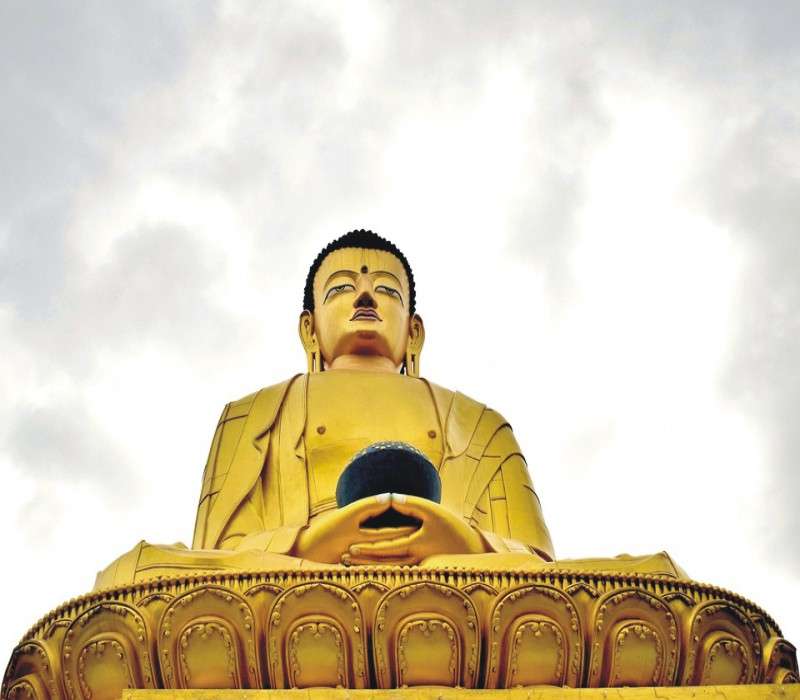
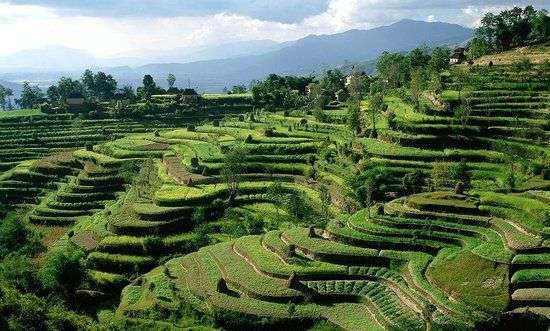
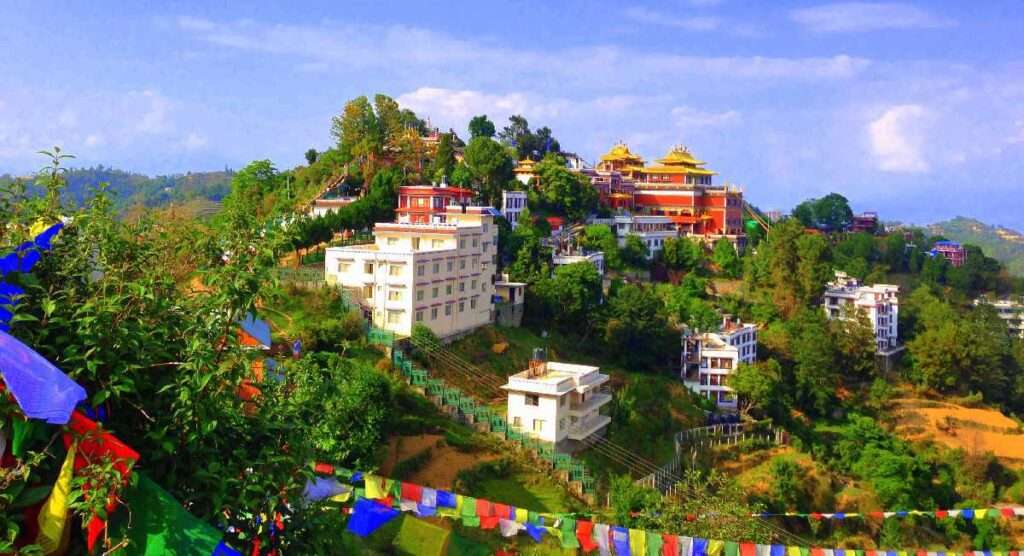
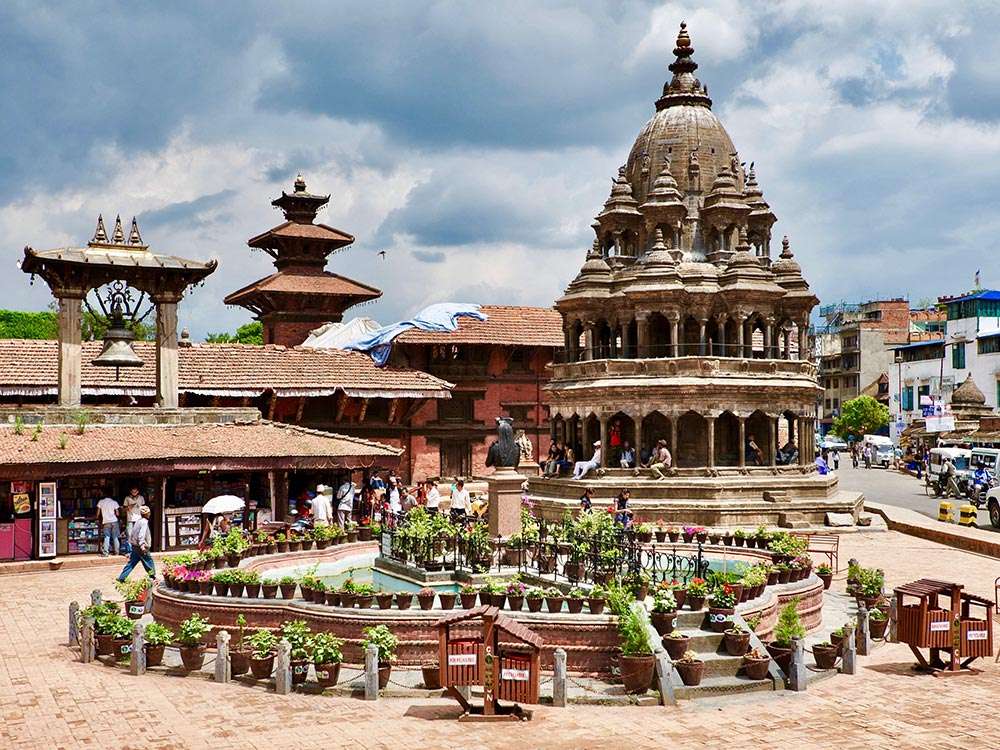
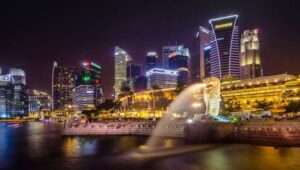


 +33-618242236
+33-618242236 
